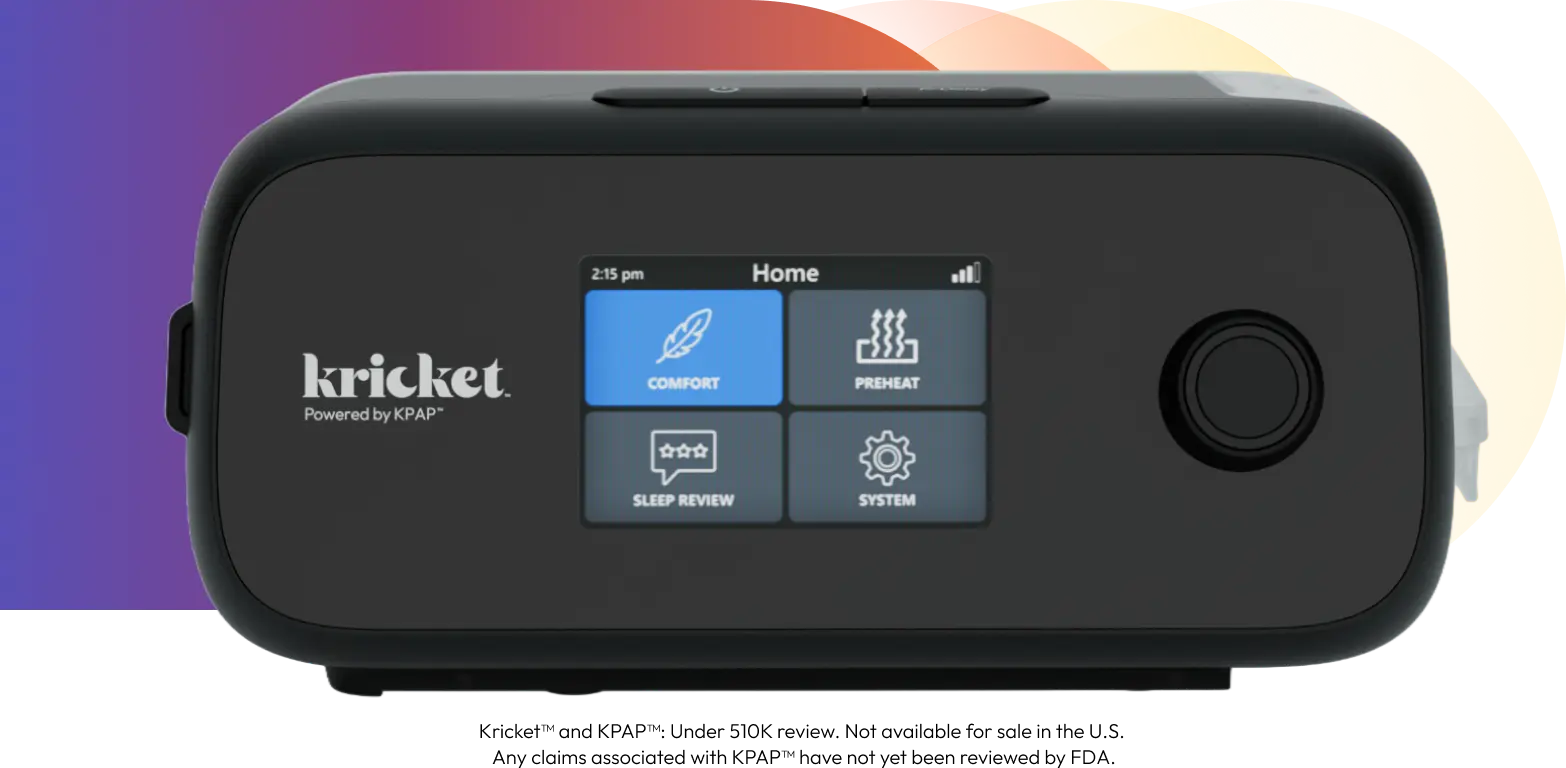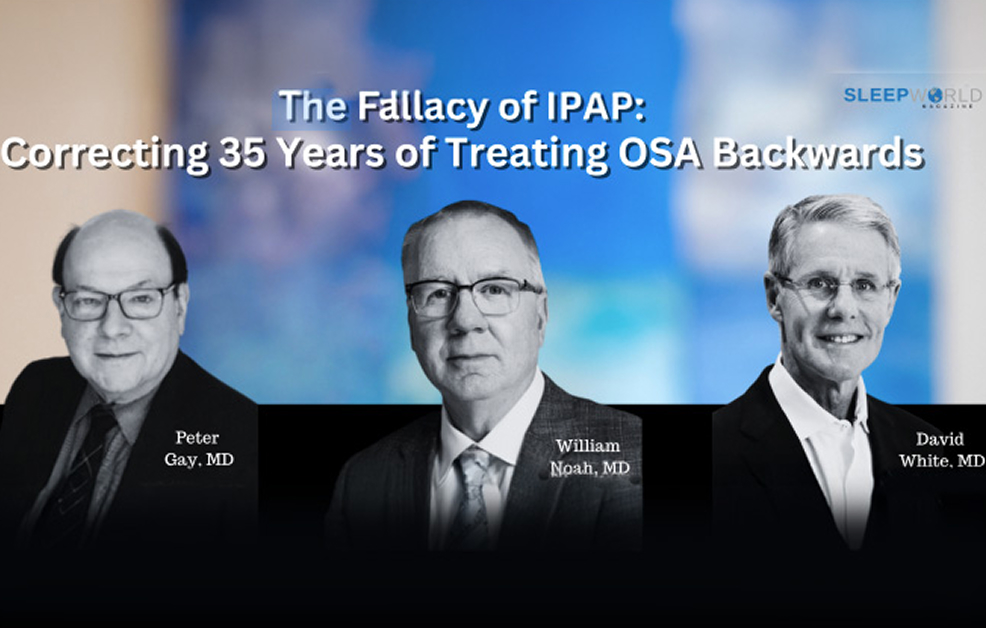A New Era in
PAP Therapy
Led by Physicians. Grounded in Science.

Built on breakthrough technology, our sleep apnea solutions are designed to improve patient comfort, increase adherence, and support more confident care.


Meet Kricket™
The World’s First and Only KPAP™ Device

Designed by sleep physicians, Kricket is just as effective as CPAP without sacrificing comfort for patients with obstructive sleep apnea (OSA).1-2
Soften the Pressure with V-Com®
PAP Circuit Accessory
V-Com makes CPAP more comfortable by reducing peak inspiratory pressure—helping patients adapt more easily and stick with therapy longer.
This simple, FDA-cleared accessory fits seamlessly into existing setups and improves the experience from the very first breath.

News & Resources
Stay Informed. Stay Ahead.
Access the latest from SleepRes, including webinars, clinical insights, product updates, and educational tools designed to support better sleep therapy.
Upcoming Events
Sleep Medicine Disruptors 2025
2025 15th Annual FAST Conference
Join our email list
Stay informed on the latest from SleepRes—product updates, clinical research, and events.

